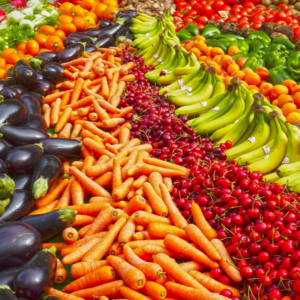By Claire Bacon, ACN, CNC
Choosing a healthy diet doesn’t have to be all-or-nothing, and doesn’t have to be confusing. The truth is that the best diet for you is a completely individual thing – very likely, there are some “healthy” foods that your body doesn’t respond to very well, and there may be some “bad” foods that you have become accustomed to, to the point that you don’t notice dramatic symptoms. The important thing is to avoid the fake, ultra-processed foods that are terrible for your health.
Belief System vs. Willpower
If you have been feeling some mild symptoms, and maybe you haven’t been 100% lately, there is likely a nutritional reason for that. It may be time to refine your choices. “Ugh, I don’t have the willpower to not eat my favorite foods” I can already hear you say! Let me ease your concern. This is not about willpower. Sticking to a healthy diet and choosing healthy behaviors has more to do with your belief system and what you know about our food supply, than it does about your willpower.
Once you take the time to read and fully understand both the front and the back of your food labels, you’ll get it. Especially if you learn about traditional/organic farming, you will start to see food products differently. When you learn more about how the body works and what it needs to be healthy, you’ll change your beliefs. You’ll start to realize that the fake foods without nutrients actually are harmful, and take you away from your health goals.
The purpose of our practice, (and the meaning behind this blog) is to put more education in your hands so it is easier to make better choices. A life wandering through ignorance can never be as fulfilled as when your eyes are fully open. So, here is a compilation of the biggest offenders in the grocery store, which you would do much better to leave on the shelf. Here we go…
Avoid Conventional Dairy
Ultra-pasteurized or homogenized dairy products should be left behind. The additional vitamin D2 it has been enriched with is not well absorbed. The pasteurization process kills the beneficial organisms and enzymes within the milk, leaving a substance that can only be digested if you have a fantastically strong digestive system and make sufficient lactase enzyme. (Most people don’t.)
If you can tolerate dairy, your best choices are raw milk and organic milk products from cows or goats allowed to roam on fresh grass, without the addition of growth hormones or steroids. However, in Georgia it is illegal for stores to sell raw milk for human consumption. You can sometimes find a local CSA who can sell raw “pet milk” to its members.
You can also sometimes find raw cheese at the store, if you check in the “natural” or gourmet section. Most people believe they won’t get enough calcium and will develop osteoporosis if they don’t consume dairy milk. But the truth is, you need a wide variety of minerals plus essential fatty acids to maintain strong bones, and these nutrients can largely be obtained from a plant-based diet with plenty of leafy greens, both raw and cooked.
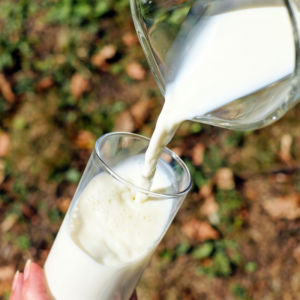
Avoid Modern Soy Products
Soy milk and soy protein isolate should be avoided. Although often touted as health foods, especially among the vegan community, they are what we call “endocrine disruptors”, meaning they have the ability to act like estrogen in the body, potentially causing excesses and disrupting the negative feedback loop between our glands. Beyond that, approximately 97% of the soy produced in the United States is genetically modified. Maybe you think that is just a buzz word that doesn’t mean much to you? Well, it means that for the entire lifetime of the plant, the soy was doused with toxic, “probable” carcinogenic pesticides that don’t wash off in the rain, or from rinsing in your sink. Which is worse – the natural phytochemical that disrupts your hormones, or the poison it soaked up while growing? Either way, it doesn’t matter, it’s not what you want on your plate!
On the other hand, eating small quantities of traditionally prepared soy products such as miso, tempeh, natto, shoyu, and tamari is acceptable. “What’s that”, you say? Miso is a fermented soybean paste used as a soup base. Shoyu and tamari are traditionally fermented soy sauces. Look for high quality, raw brands that contain active bacteria and enzymes. A cup or two a week of miso soup made from properly prepared and well-aged miso is fine to enjoy. Along the same lines, a small serving or two of tempeh or natto can also be nourishing. These soy foods are even better consumed with a homemade traditional Asian meal, including fish broth, organ meats, brown rice, fermented vegetables (such as kim chi) and seafood.
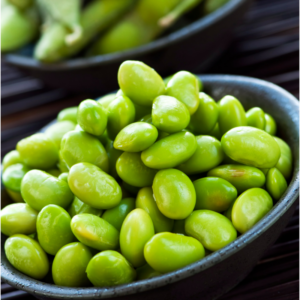
Avoid margarine and partially hydrogenated or hydrogenated oils
These bad oils are commonly found in processed foods, nut butters, and pre-made bread, cake or muffin mixes. Many of the oils sitting on the grocery store shelf are already oxidized and rancid. Although some smaller companies utilize traditional extraction methods, most commercial oils are processed in large factories with technology that exposes the food to excessive temperatures (often up to 450°F), high pressure, light, oxygen and chemical solvents.
The result is oil that has been filled with harmful, cancer-causing free radicals. Instead, focus on the traditional fats such as butter, coconut oil, extra virgin olive oil and lard or tallow. There is no good reason to keep unhealthy oils in your pantry!
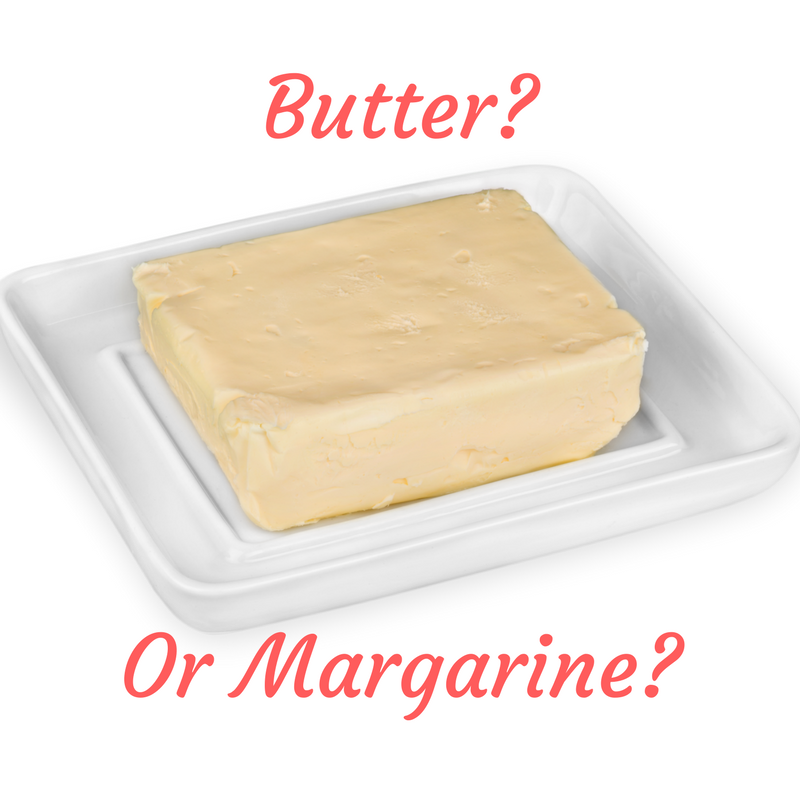
Avoid Store-bought Fruit juices
Due to the high sugar content and lack of fiber in these beverages, consuming the whole fruit is much preferred. In fact, when compared to the average soda, the common fruit juices–apple and orange–contain the same amount of sugar, (approximately six teaspoons per 8-ounce serving.) To add flavor to pure water, add a squeeze of fresh lemon, lime or orange. Lemonade made with freshly squeezed lemon juice and liquid stevia is a refreshing treat.
Herbal teas can also be a nice change and there is a great variety in most grocery stores. Try Kombucha, ginger beer or water kefir beverages for other healthful alternatives.

Reduced-fat or low-fat foods
Opt for the original, full-fat versions, which provide the fat that allows for better absorption of the food’s many nutrients. Usually, reduced fat foods will have a higher sugar content to make up in flavor for what is missing. Sugar is an extremely damaging ingredient that should be limited as much as possible.
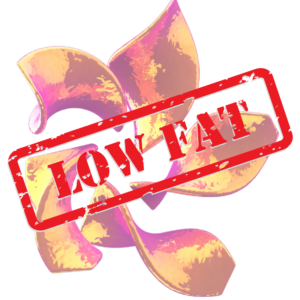
Avoid Extruded Grains
Extruded grains, such as cold breakfast cereals, puffed cereals, and rice cakes. These over-heated and pressurized foods have caused rapid death in test animals. The high-heat process destroys the existing nutrients and makes the end product exceedingly difficult to digest. Opt for homemade oatmeal (soaked overnight), homemade cereal and granola (look for Paleo recipes), as well as homemade buckwheat pancakes and sprouted wheatberry crackers. With just a little preparation on your end, these alternatives will be just as satisfying and convenient for you!
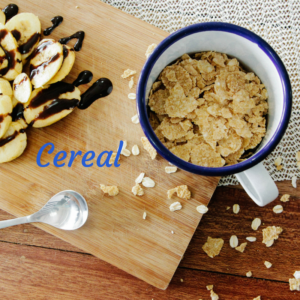
Avoid all processed foods in general
Here is our advice: do a double-take any time you are opening a bagged or boxed product of any kind. Make sure you are making a conscious decision about what you are about to serve the family. And if you are still hesitating, read the ingredients list…out loud!
The best strategy is to buy the majority of your food from the produce section and from the outer limits of the store.
As always, we wish you the very best for your continued good health!
